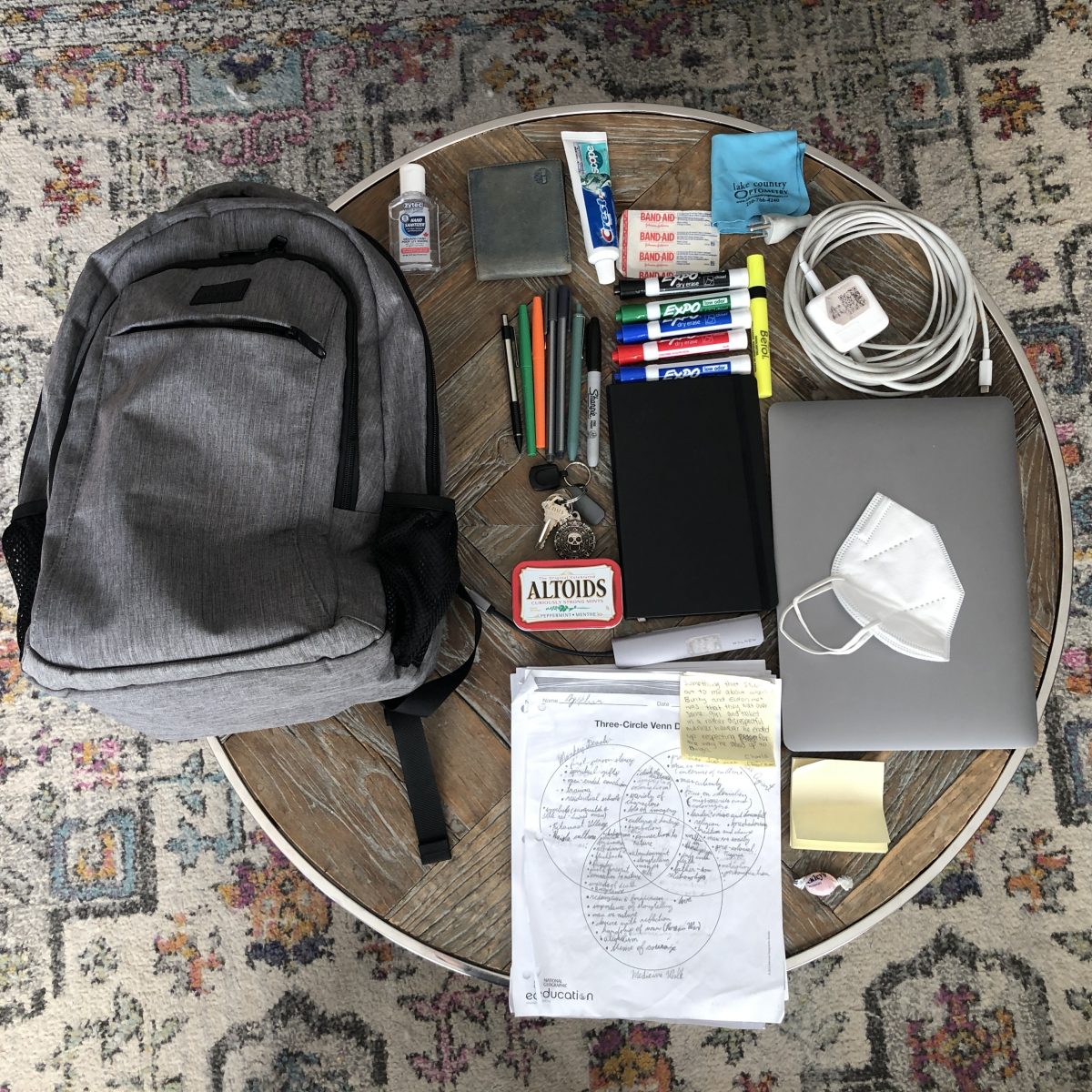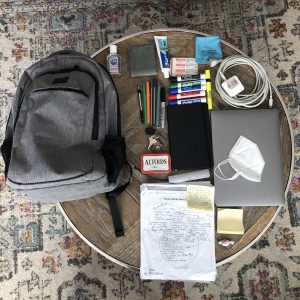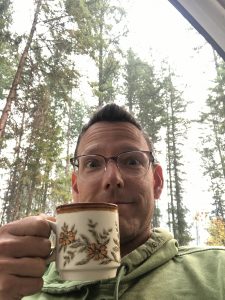Dr. Boroditsky’s talk about language and its impact on our thinking was enlightening and accurate in a surprising way. By surprising, I mean that her assertions ring true about language, culture, and thinking in ways that I simply have not considered before. The following are six points when my attention was tweaked, and I thought carefully about the message. I’ve quoted some of her words while simply describing other moments.
[0:40] – “…one of those magical abilities we humans have, we can plant ideas in each other’s mind using a finite set of words that we recombine into an infinite set of new meanings.”
Here Dr. Boroditsky touches on something that excites me, that taps into the emotion rather than simply the logical consideration of language shaping how we think. This statement creates wonder, and as a humanities teacher, it makes me even more excited about the importance and power of language. The use of words, spoken or written, is persuasive, can create change, and can indeed shape the way the people we speak to will think. In the classroom, I sometimes pause to make sure that the way I speak my message will deliver it in the best possible way. In those moments, I believe that I am considering the recombination of words for a long-term impact on my students.
[18:30] – “when you teach people to talk a new way, you teach them to think a new way as well.” This is a remarkable and provable statement. I agree with Dr. Boroditsky, and this statement caused me to think about the similarities and differences between our Canadian students and our international students. When teaching native English speakers, the “new way” is greater sophistication, persuasiveness, maturity, and awareness. We hope to create individuals who use language for their betterment and the betterment of others. My international students, however, who take time to adapt and integrate, encounter this in a different way. There is often a language barrier, but also a cultural barrier. It is not unusual for them to feel uncomfortable interacting with others, and I contend that it is not simply a language barrier, but a cultural barrier. The remarkable thing to watch for in these international students is an awakening to Canadian culture as language skills strengthen. They learn to speak, to write in English, and they also begin to think in a way that allows for greater comfort and integration with our Canadian students.
[26:00] – Language” helps us construe and construct events.” Here Dr. Boroditsky presents a relatively simple event, one that could be described in few words, but demonstrates the many ways that words can be used to put a spin on the event, humour, disparagement, or whatever angle somebody is interested in presenting. I think this is really important to be aware of when dealing with students, or even one’s children. There was admittedly some laughter as I listened to this part, and thought back to meetings with students in my role as vice-principal. In my experience, students can be remarkably adept at using language to construe events as they are faced with disciplinary moments, and sometimes even to construct stories. As a humanities teacher, I embrace this ability on my students’ behalfs, but as an administrator, it is important to watch for this language use and see through it if need be.
[38:00] – around this time stamp, Dr. Boroditsky discusses the significance of number words in languages, and the impact on how people then function within a monetary society, for example, if they do not have a foundation of number words provided by their language. This was a new consideration for me! Different numbering systems, and different languages to address quantities, will alter our very existence and the way we view the world. While I do not have personal experience or stories related to this, Dr. Boroditsky’s assertion certainly rings true and I can imagine a world-view that is not so linear and specific.
[43:35] – Dr. Boroditsky discusses testing individuals in two different languages that they know and seeing results that show they think differently in the different languages. As our language learners develop their English proficiency, I have suspected this and I think it is important for teachers to know that having an awareness can help us better assist our language learning students. Even as vocabulary is acquired, as grammar is developed, they will think differently in English versus their native tongue, and assessment results should be considered in light of this difference in thinking.
[44:35] – Dr. Boroditsky enters into an interesting section in which she suggests that culture limits entropy, that though we have many ways of thinking available to us, we tend not to tap into them. Our culture, tied together with our language, tends to keep us in our lanes and we often do not see the world in ways that individuals from other cultures might. Much like early specialization has been shown to hinder development and exploration, (Epstein, 2020) remaining set in a cultural and linguistic setting can prevent us from seeing other ways of thinking, of talking, of being. I think she raises a valid concern here.
Through her talk, Dr. Boroditsky is saying that language shapes the way we think. If we consider text, language, as a tool for creation, as a verbal construct, then language and thought absolutely go hand-in-hand and shape one another. It will be fascinating to see how the shift to digital language technology will impact this relationship in the future.
References:
Epstein, D. (2020, February) Why Specializing Early Doesn’t Always Mean Career Success. [Video]. TED Conferences. https://www.ted.com/talks/david_epstein_why_specializing_early_doesn_t_always_mean_career_success?language=en
SAR School for Advanced Research. (2017, June 7). Lera Boroditsky, how the languages we speak shape the way we think [Video]. YouTube.


